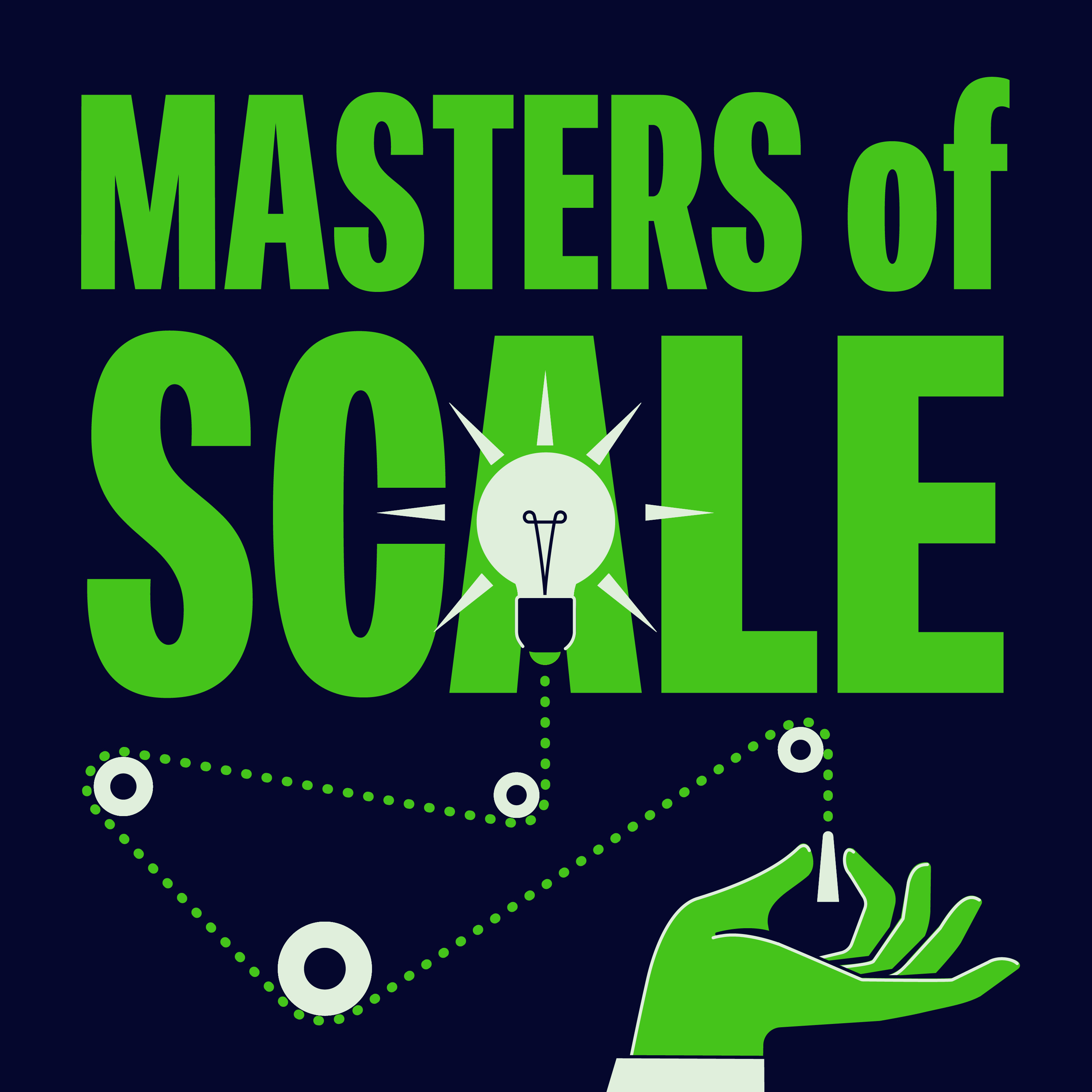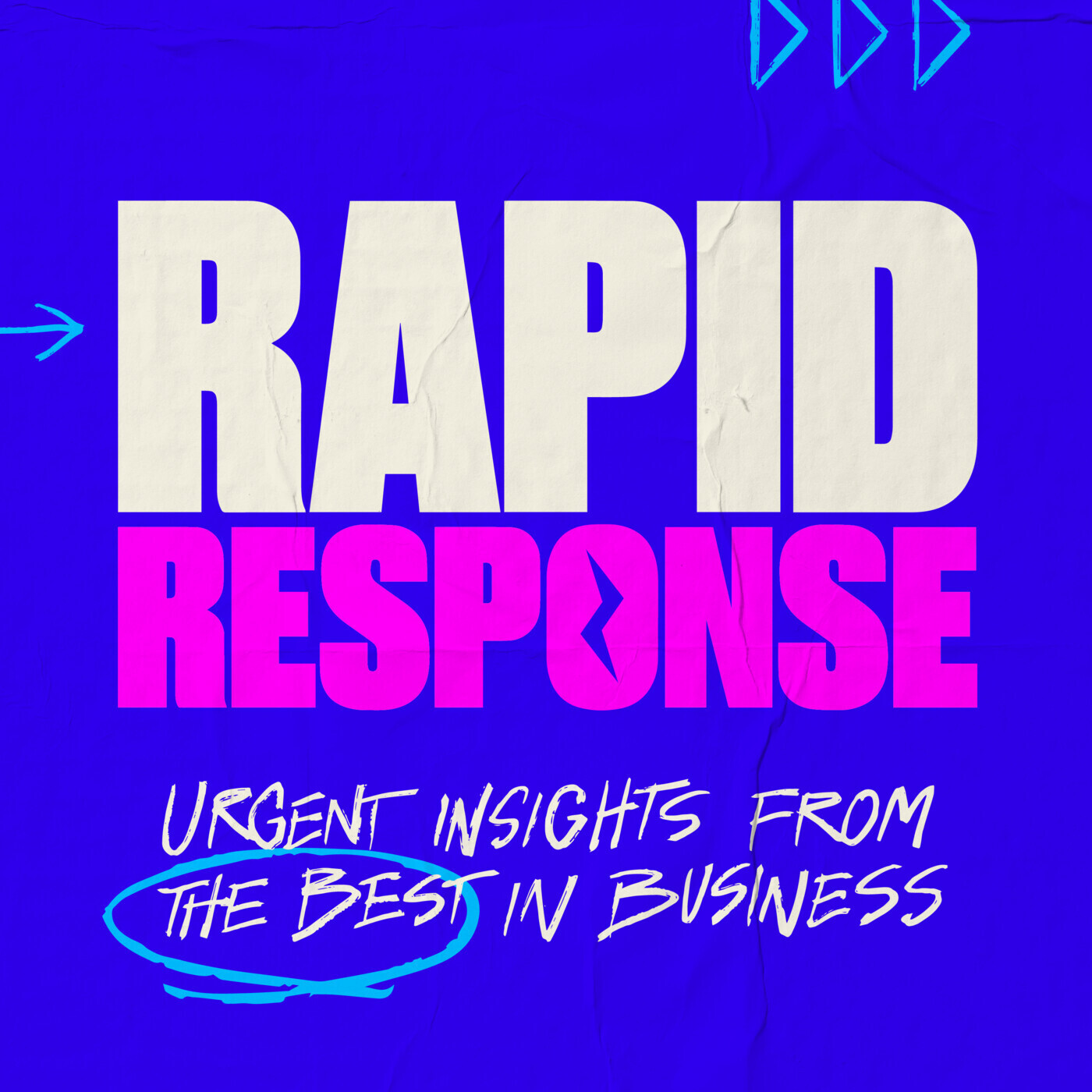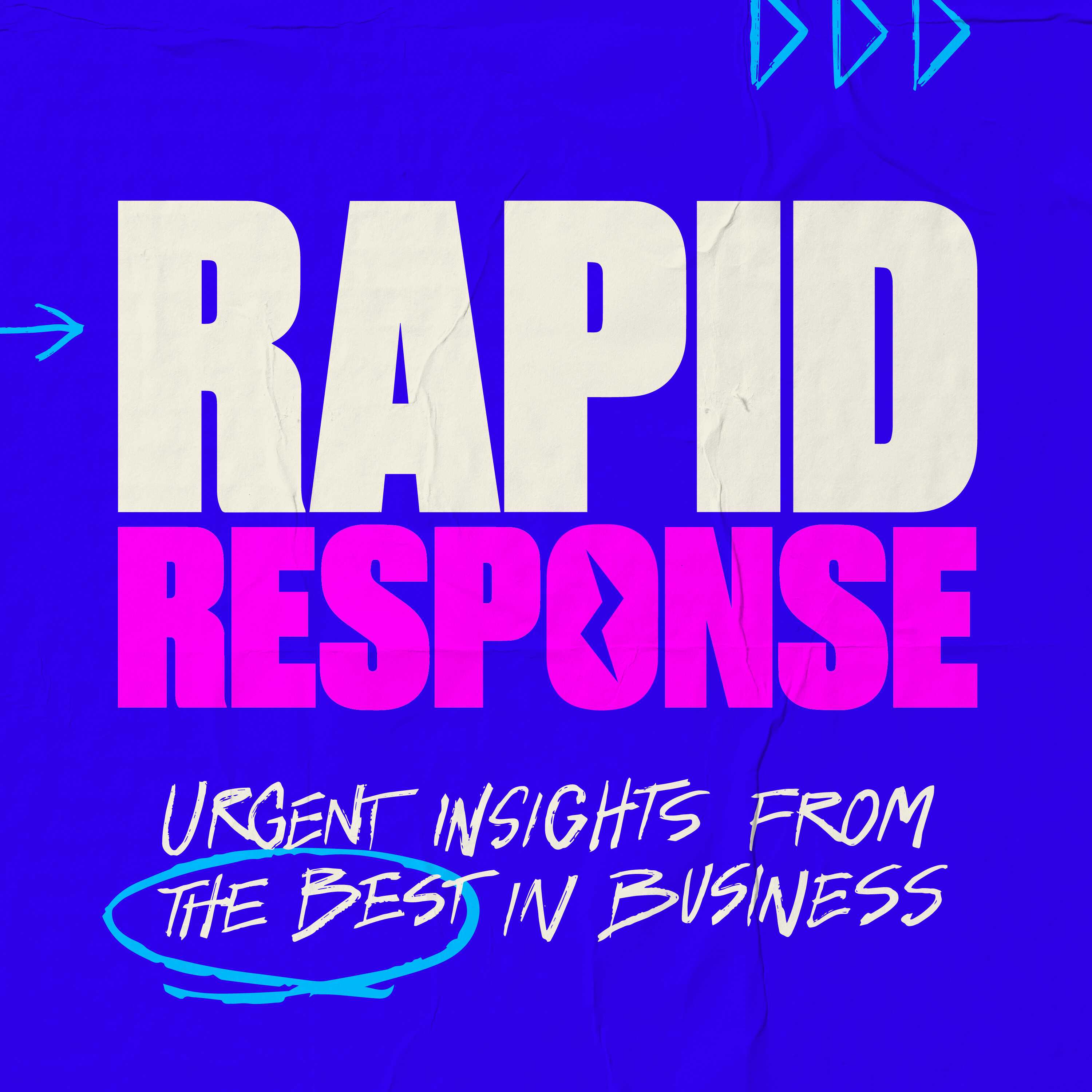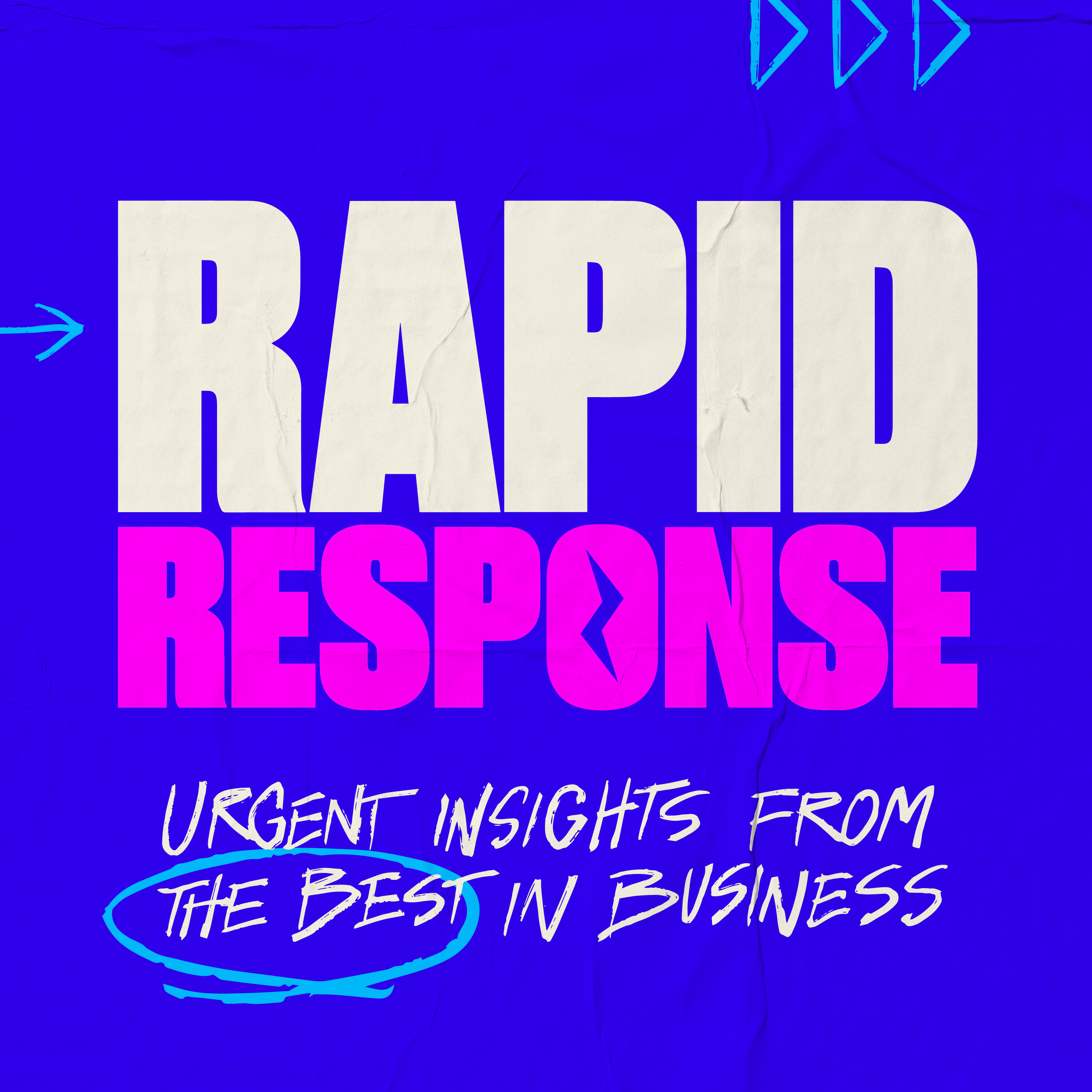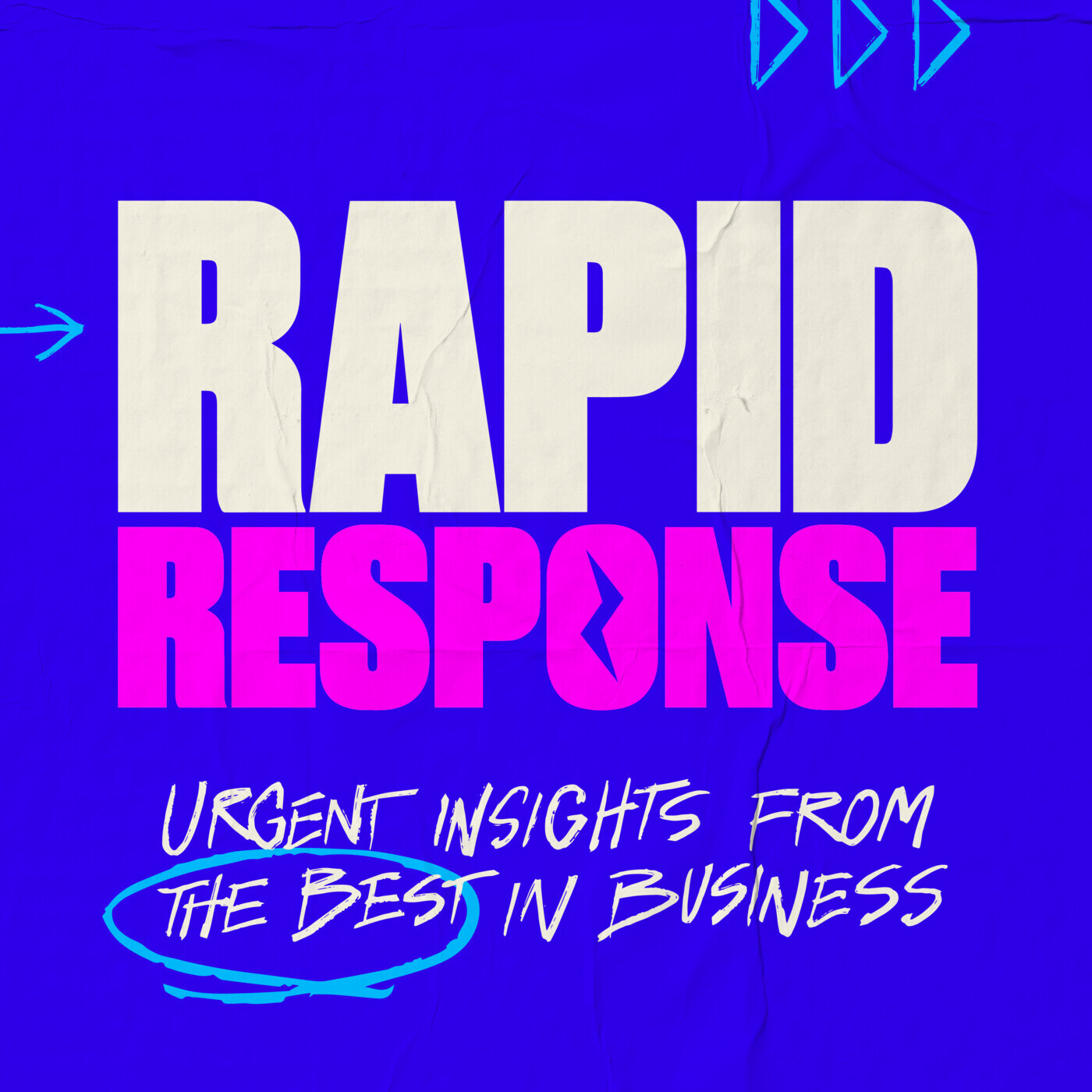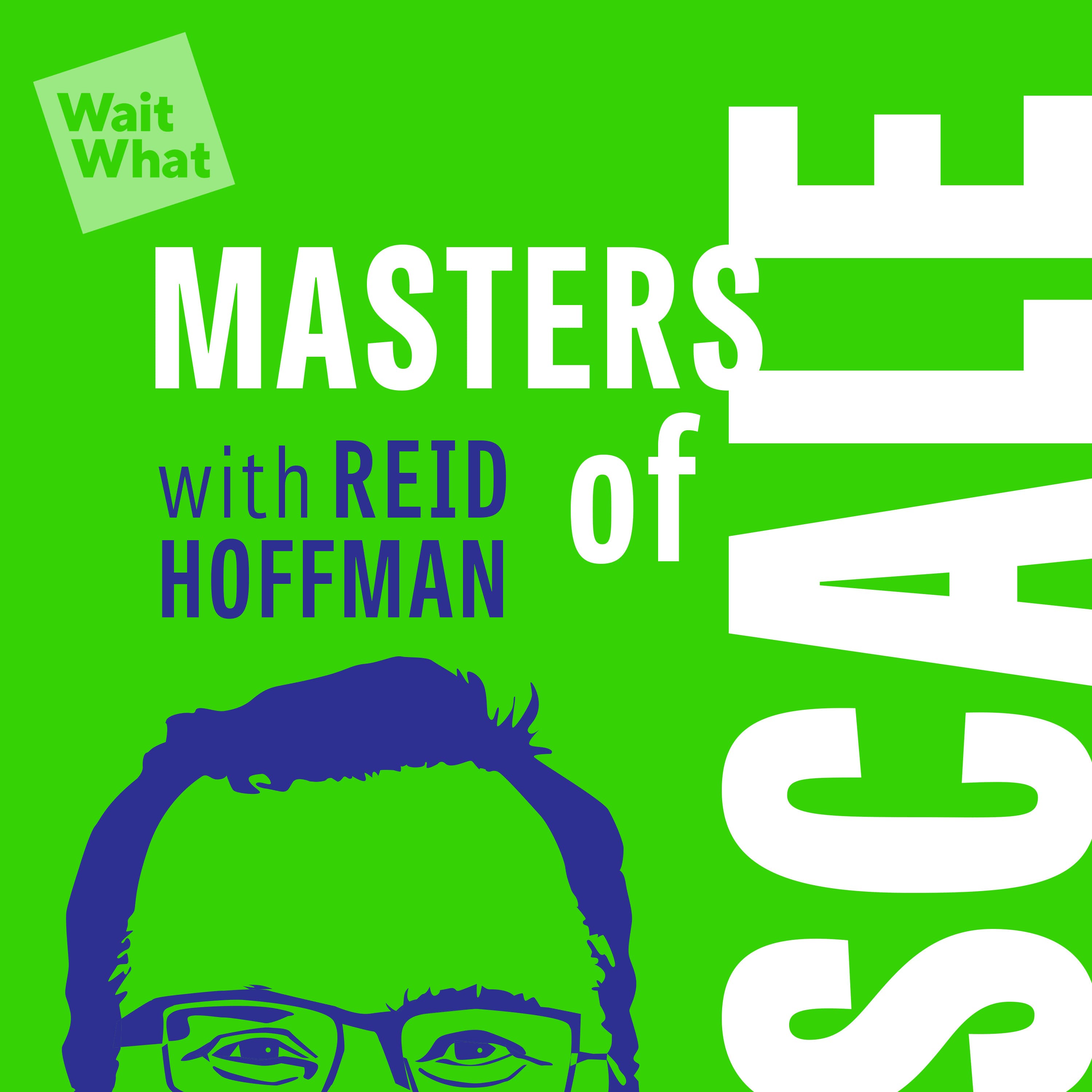
July 11, 2024 • 34min
Liquid Death’s Mike Cessario: Trust your taste
Masters of Scale
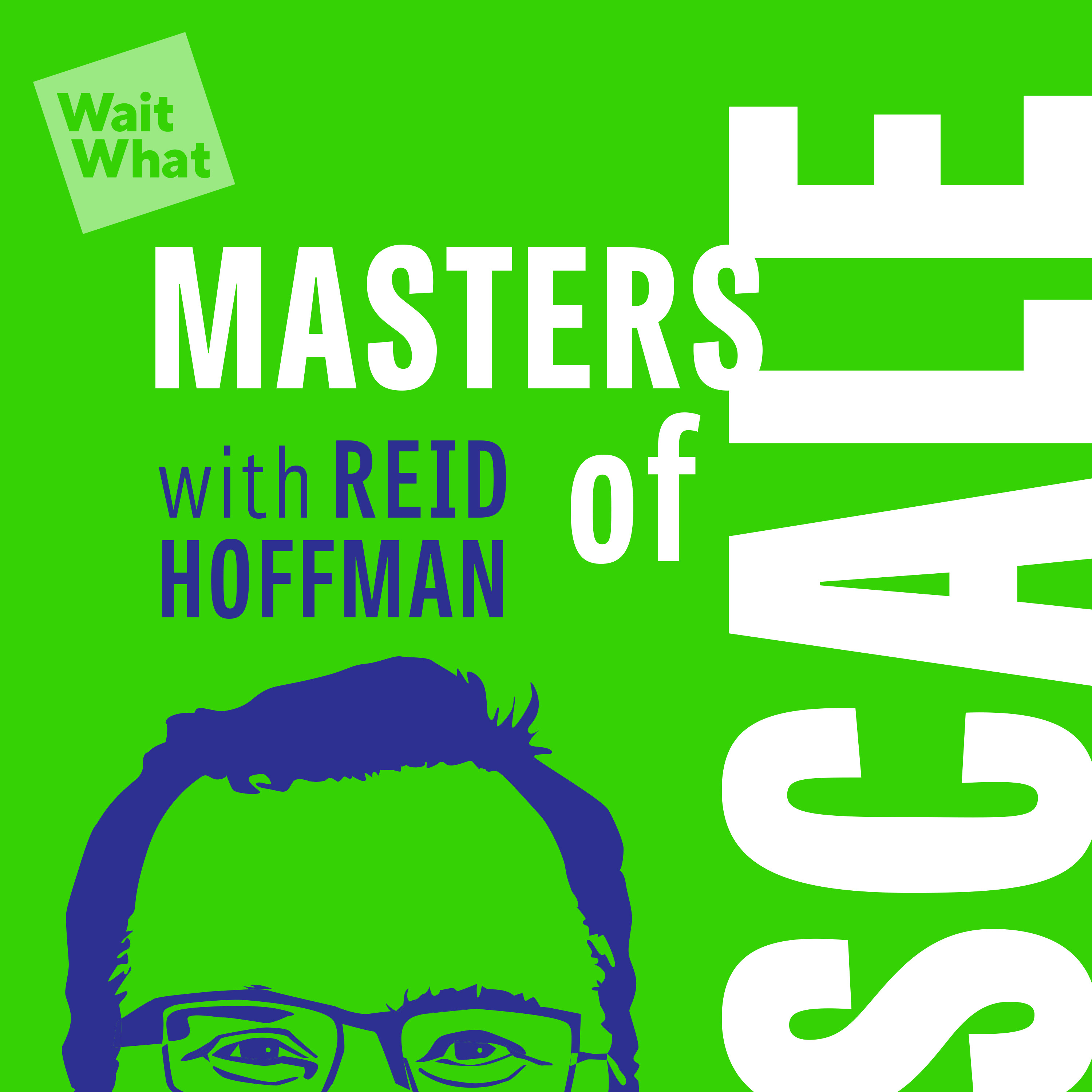
Key Takeaways
- Follow your passion and leverage your personal network to get started as an entrepreneur
- Learn from early failures and use them as stepping stones to future success
- Trust your own taste and instincts when it comes to product development and marketing
- Use social media as a low-cost testing ground to validate ideas before seeking significant funding
- Focus on creating entertaining, shareable content to drive organic growth
- Look for opportunities in stale categories where there's a lack of innovation
- True innovation often seems ridiculous at first - strong reactions (even negative ones) can indicate you're onto something
- Build a brand that gives people a tool to be interesting on social media
- Stay true to your core mission as you expand into new product lines
Introduction
In this episode of Masters of Scale, host Jeff Berman interviews Mike Cessario, founder and CEO of Liquid Death, the irreverent canned water company valued at $1.4 billion. Mike shares the story of how he built Liquid Death from a creative idea into a beverage industry disruptor, leveraging his background in punk rock and advertising to create a brand that made water cool.
Topics Discussed
Mike's Background in Punk Rock and Advertising (4:15)
Mike grew up playing in punk bands outside Philadelphia, which sparked his interest in creative pursuits like designing band t-shirts and show flyers. This led him to study graphic design and advertising in college. He explains:
"As a teenager, 8th grade, I started playing guitar and we were in a punk band that we and some friends had...I was always sort of on the creative side. So in the band, I was the guy that was designing the t-shirts and silk screening them, going to Kinkos with glue and cutting out stuff to make show flyers."
- Mike's punk rock background instilled a DIY ethos that later informed his entrepreneurial approach
- He gained experience in graphic design and marketing through creating materials for his band
- This led to a career in advertising, working at agencies like Crispin Porter + Bogusky
Frustrations with Corporate Clients in Advertising (5:47)
While working in advertising, Mike became frustrated with corporate clients' risk aversion and unwillingness to try innovative ideas:
"I feel like in big corporations everybody's just trying to keep their jobs. So it's like no one wants to take any risk."
- Corporate clients were often too timid to approve Mike's most creative ideas
- He realized clients were the barrier to doing truly innovative work
- This led Mike to consider creating his own product so he could control the marketing
First Entrepreneurial Venture: Western Grace Brandy (8:25)
Mike's first attempt at entrepreneurship was creating a brandy brand called Western Grace:
- He identified brandy as a stale category ripe for innovation
- The goal was to rebrand brandy to appeal to bourbon drinkers
- Mike moved back to Philadelphia and took an agency job to pay bills while working on Western Grace
- The venture ultimately failed due to:
- Challenges of the highly regulated alcohol industry
- Partnering with the wrong co-founders
- Inability to work full-time on the project without pay
The Genesis of Liquid Death (17:37)
After the failure of Western Grace, Mike began exploring ideas for a healthy beverage brand:
- He wanted something simple with no regulations, leading him to consider water
- Research showed bottled water had surpassed soda as the top packaged beverage category
- Mike saw an opportunity to create a rebellious, fun water brand appealing to the punk/metal crowd
- The goal was to make a healthy product as entertaining as unhealthy options
Developing the Liquid Death Brand and Packaging (19:39)
Mike focused on logistics before finalizing the brand:
- He wanted to package the water in aluminum cans for sustainability and brand reasons
- Finding a co-packer was challenging - none in North America could can spring water
- Eventually found a co-packer in Austria with canning capabilities and spring water access
For the brand identity, Mike aimed to create something extremely shareable:
"If the name and product itself has to be something that if someone sees it on the shelf, I'm betting they have to pick it up. And if they do pick it up, the first thing they're doing is taking out their phone, taking a picture of it putting it on social."
- The name "Liquid Death" was chosen for maximum shock value and shareability
- Created a Facebook page and $1,500 video that went viral before having a real product
Raising Initial Funding (24:07)
Mike cobbled together initial funding from his network:
- Raised about $150,000 from former bosses and colleagues in $5-10k increments
- Brought on a co-founder with business/finance experience
- Used Amazon to launch as a direct-to-consumer brand initially
Marketing Strategy and Rapid Growth (25:40)
Liquid Death's edgy marketing generated significant organic attention:
- Created entertaining content modeled after comedy shows like Saturday Night Live
- Focused on being genuinely funny rather than just edgy or extreme
- This approach led to viral growth on social media
- Retailers and distributors began reaching out before they even had product
Mike used this traction to raise more funding and prove the concept's viability.
Retail Expansion (28:52)
Whole Foods was the first major retailer to stock Liquid Death nationally:
- They were attracted to the brand's sustainability mission
- Whole Foods saw it as a unique offering compared to other water brands
- This helped open doors with other retailers
Product Line Expansion (29:55)
Liquid Death has expanded beyond still water while staying true to its mission:
- Added flavored sparkling water with a small amount of sugar for better taste
- Launched an iced tea line
- Focused on making healthy beverages as fun and entertaining as unhealthy options
Lessons from Punk Rock Applied to Business (32:09)
Mike's experience in bands informed his approach to entrepreneurship:
- The DIY ethos of punk culture translated well to startup life
- Managing band personalities helped prepare him for team leadership
- "The bands that make it are not because they're the best bands, it's because they found some way to stay together for ten years because that's how long it takes, right?"
Advice for Entrepreneurs (33:23)
Mike offers guidance for founders looking to validate ideas and find product-market fit:
- Use social media as a low-cost testing ground for concepts
- Look for relative engagement metrics (e.g. 10x more likes) rather than absolute numbers
- Focus on proving traction before seeking significant funding
- "You need to prove out there's something really there. You got to get something going and find some cheap way to get some traction before anyone's going to even take the time to like give you a check."
The Value of "Laughable" Innovation (34:32)
Mike references a quote from Reed Hastings about true innovation seeming laughable at first:
- Strong reactions (even negative ones) can indicate you're onto something novel
- Ideas that immediately make sense may already have lots of competition
- "When people sort of have a really emotional, even if negative reaction to it at first, you know that you're probably in good territory."
Conclusion
Mike Cessario's journey with Liquid Death exemplifies many key principles of successful entrepreneurship and scaling. By leveraging his creative background, embracing a DIY mentality, and focusing on creating genuinely entertaining content, Mike was able to build a billion-dollar brand in a seemingly stale category. His story highlights the importance of trusting your instincts, learning from failures, and finding low-cost ways to validate ideas before seeking significant investment. Liquid Death's success also demonstrates the power of building a brand that resonates on social media and gives consumers a tool to express themselves. As the company continues to expand into new product lines, Mike remains focused on the core mission of making healthy beverages as fun and appealing as their unhealthy counterparts.
